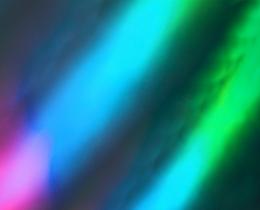Chi—also known as prana, the warm current, Kundalini power, or the electromagnetic life force—is very difficult to describe because this life energy is invisible and cannot be seen. However, we can feel it. "Chi" [also spelled qi or ki] is simply the Chinese word for "breath." On the physical level, it is the raw air we breathe in and out, revitalizing us and keeping us alive. Our life hangs by this thin thread of breath every second of our lives, and that thread is seemingly empty air.
"When was the last time you marveled at the simple fact that you are breathing and your heart is beating?" —Mantak Chia
We transform that raw air by mixing it with other nutrients and refining it into a different kind of energy, one that takes a solid form. It becomes our blood, flesh, and bones, but never loses an inner rhythm of pulsation that flows through each cell. Our vital organs—heart, liver, kidney, and glands—in turn refine this energy and send chi power to the higher functions of our brain, thus creating our thoughts, dreams, and emotions. From this emerges the human will to live and die, the power to love and ponder this breathing planet suspended in the vacuum of space. As this "chi" follows a self-perpetuating cycle, its rhythm becomes so natural we hardly ever notice it. When was the last time you marveled at the simple fact that you are breathing and your heart is beating?
The ancient Taoist masters spent a lot of time observing the flow of this "chi," which they recognized as the breath of the universe that moves through everything. Chi is the glue between our body, mind, and spirit, the link between our perception of the inner and outer worlds. Living close to nature with few of the distractions of modern civilization, the Taoists were able to map in fine detail the workings of the chi energy both within the human body and in the world at large. Later Taoists made numerous distinctions between the different kinds of "chi" that operate, so that today in China the working heirs to their knowledge—the acupuncturists and herbologists—refer to as many as 32 different functions of chi in the human body.
The Chinese never bother trying to analyze exactly what this "chi" is. Whether it is matter or energy or a process of changing between the two is irrelevant. All that matters is how the chi functions—in short, what it does. When you want light in your room, you turn on the lamp, the electricity flows and radiates light. You don't analyze it; you simply flip the switch. When an acupuncturist inserts a needle into a point on a liver meridian, he switches on the liver "chi" so it flows more powerfully.








